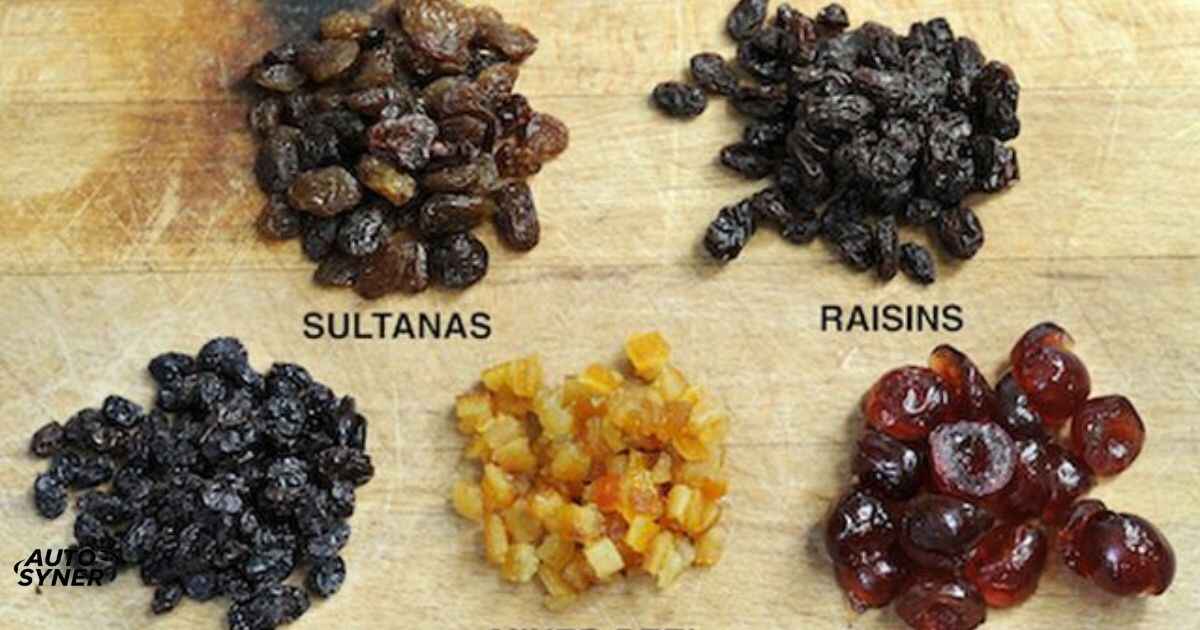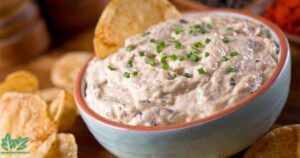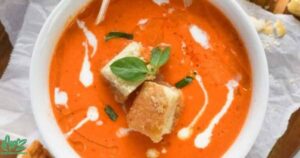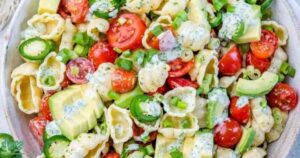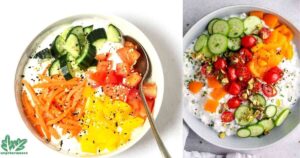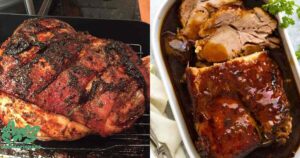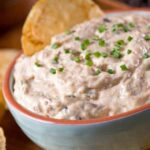Updated: October 21, 2024
Standing in the baking aisle, you stare at three similar-looking dried fruits. Which one should you choose? The wrong choice could ruin your recipe. Many home bakers have wasted time and ingredients by using the wrong dried fruit.
Your Christmas cake, pudding, or morning cereal deserves the perfect dried fruit choice. Don’t worry – you’re about to become an expert on sultanas vs raisins and their dried fruit cousin, the currant. Let’s explore the fascinating world of these kitchen staples and learn exactly when and how to use each one.
Presentation of the Origins
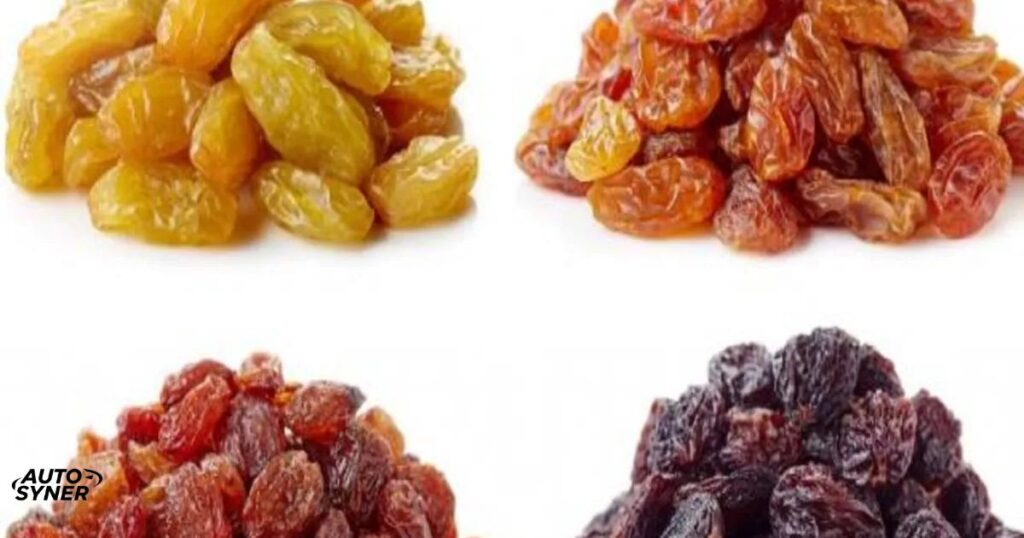
Ancient civilizations learned that drying grapes was a way to preserve them for year-round consumption, giving rise to different types of dried grapes across various regions and cultures. The origins of these dried fruits shape their distinct characteristics today.
In modern kitchens, the journey from fresh grape to dried fruit continues with varieties like sultanas and raisins. While both come from grapes, sultanas are typically lighter, sweeter, and made from seedless green grapes, often using a faster drying process.
Raisins, on the other hand, are darker, with a richer flavor, and dried more slowly. Understanding their differences—sultanas vs raisins—adds depth to how we use these versatile fruits in cooking and baking.
Raisins
Traditional raisins come from dark, juicy Moscatel grapes. Sun-drying transforms these plump grapes into sweet, chewy morsels. California’s warm climate makes it perfect for raisin production.
The drying process can take up to three weeks. This long exposure to sunlight creates raisins’ characteristic dark color and concentrated flavor.
Sultanas
Sultanas start life as Thompson seedless grapes. Their lighter processing method preserves their golden color. Turkey leads global sultana production with its ideal growing conditions.
Modern producers often use mechanical drying for sultanas. This controlled process helps maintain their consistent color and texture.
Read This Blog: How to Cook a Beef Brisket? The Ultimate Guide
Currants
True currants come from tiny Black Corinth grapes. Ancient Greeks first cultivated these special grapes on the island of Zante. These small fruits pack intense flavor into their tiny size.
Modern currants still follow traditional drying methods. This preserves their distinctive taste and texture.
A Symphony of Textures: Exploring the Tangible Delights
Touch reveals clear differences between these dried fruits. Each variety offers unique textural experiences. Let’s explore how they feel and behave in recipes.
| Dried Fruit | Texture | Moisture Content | Size |
| Raisins | Chewy, dense | Medium | Medium |
| Sultanas | Soft, plump | High | Medium |
| Currants | Firm, tiny | Low | Small |
Various Flavors
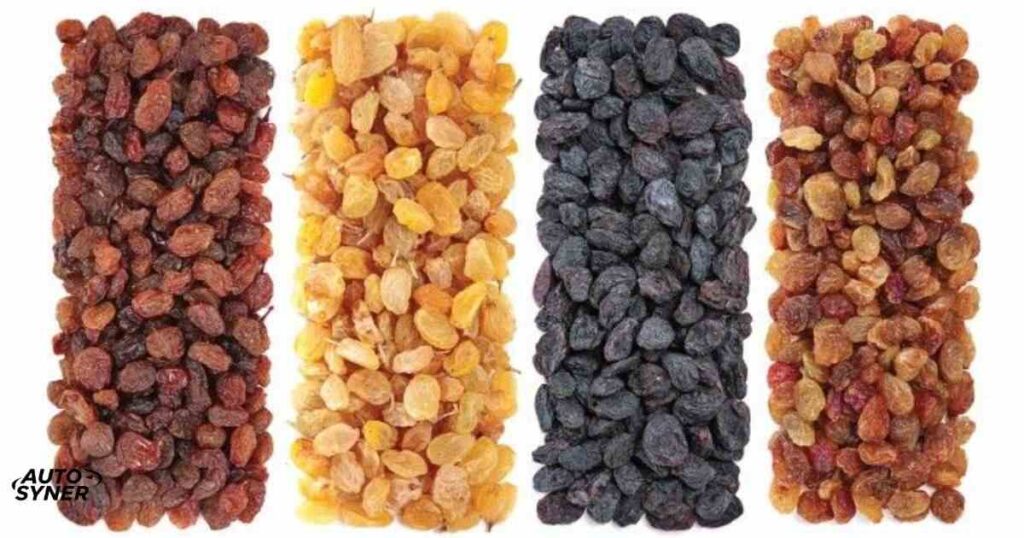
Each dried fruit brings distinct flavors to your recipes. Understanding these differences helps you choose the right one. Professional bakers often select specific types for their signature dishes.
Famous pastry chef Pierre Hermé says, “Each dried fruit adds its own personality to a recipe. Knowing their flavor profiles is essential for successful baking.
Also Read This Blog: The Ultimate Guide: How to Cook Frozen Ravioli Like a Pro in 2024
The Art of Substitution: When Can You Swap One for Another?
Sultanas with Raisins
Sultanas vs raisins often works well in most recipes. Their similar size makes them good substitutes. However, adjust moisture levels when swapping these fruits.
Currants and Raisins
Replacing currants vs raisins requires more care. Consider chopping raisins smaller when substituting for currants. This helps match the size and distribution in your recipe.
Sultanas and Currants
These fruits differ most in size and moisture. Substituting between them needs careful consideration. Adjust your recipe’s liquid content when making this switch.
Beyond Substitutes: Unique Culinary Applications
Each dried fruit shines in specific dishes. Traditional recipes often call for particular varieties. Modern chefs continue discovering new uses for these versatile ingredients.
A traditional British Christmas cake maker shares: “I always use a mix of all three. Each brings something special to the cake.
Frequently Asked Question
Which is healthier, raisins or sultanas?
Both offer similar nutritional benefits, but they shine in different areas. Raisins typically contain more fiber and iron, while sultanas have slightly higher antioxidant levels. A 30g serving of either provides about:
- Calories: 90
- Fiber: 1.7g
- Iron: 0.7mg
- Natural sugars: 20g
The real winner? The one you’ll actually eat regularly as part of a balanced diet.
What are sultanas called in America?
Americans know sultanas as “golden raisins” or “golden-bleached raisins.” They’re the same dried fruit from Thompson seedless grapes, just with a different name. You’ll find them in most grocery stores alongside regular dark raisins.
Can I substitute raisins for sultanas?
Absolutely! You can swap raisins vs sultanas in most recipes using a 1:1 ratio. Just remember:
- Raisins are slightly chewier
- Sultanas are a bit sweeter
- Moisture content differs slightly For best results in baking, consider adding a tiny splash more liquid when using raisins instead of sultanas.
Why are sultanas good for you?
Sultanas pack a powerful nutritional punch! They offer:
- Natural energy from fruit sugars
- Good source of fiber
- Rich in potassium
- Contains antioxidants
- Provides iron and other minerals They’re particularly beneficial for heart health and digestion.
Can I eat sultanas everyday?
Yes, you can enjoy sultanas daily, but moderation is key. A healthy portion is about 30g (1/4 cup). Remember:
- They’re high in natural sugars
- Count them as part of your daily fruit intake
- Best consumed as part of a varied diet People with diabetes should monitor their portions carefully.
Which dried fruit is healthiest?
While all dried fruits offer health benefits, some standouts include:
- Raisins: High in iron and fiber
- Sultanas: Rich in antioxidants
- Prunes: Excellent for bone health
- Goji berries: Packed with vitamins
- Dates: High in minerals
The healthiest choice depends on your specific nutritional needs. Both sultanas vs raisins make excellent healthy snack choices.
Conclusion
Ready to embrace your newfound dried fruit wisdom? Now you know that sultanas vs raisins isn’t just about picking different colored dried grapes – it’s about unlocking unique flavors and textures in your cooking.
Think of raisins as your bold, dependable friend who’s perfect for hearty dishes. Sultanas? They’re your smooth, sweet companion for delicate baking adventures. And currants? Consider them your secret weapon for intense flavor bombs in traditional recipes.
Whether you’re crafting a Christmas cake or spicing up your morning oatmeal, you’ve got the knowledge to choose the perfect dried fruit partner.
So next time you’re standing in that grocery aisle, you won’t just be choosing dried fruit – you’ll be selecting the perfect ingredient for your culinary masterpiece.

Ethan Henry with 8 years of expertise in bamboo, excels in sustainable design, construction and product development. His passion for eco-friendly solutions has driven innovative advancements in bamboo-based industries.
